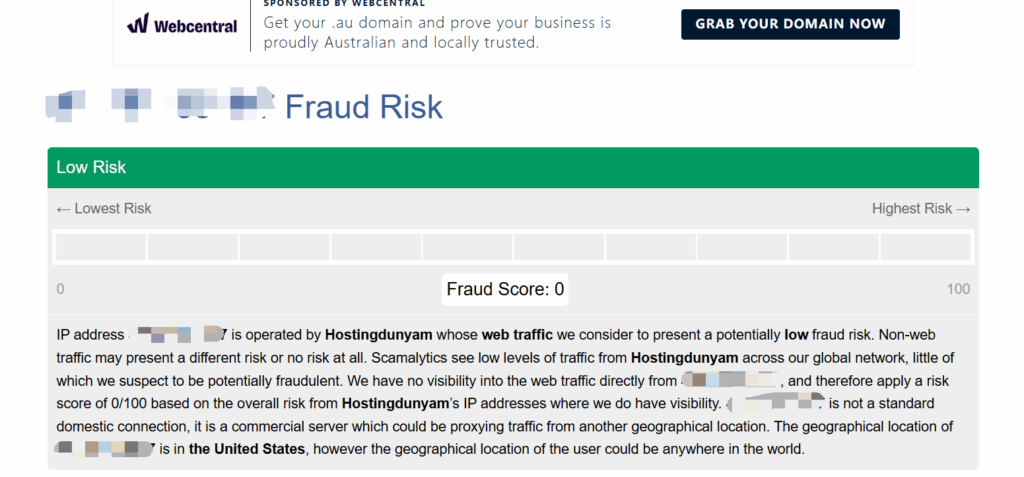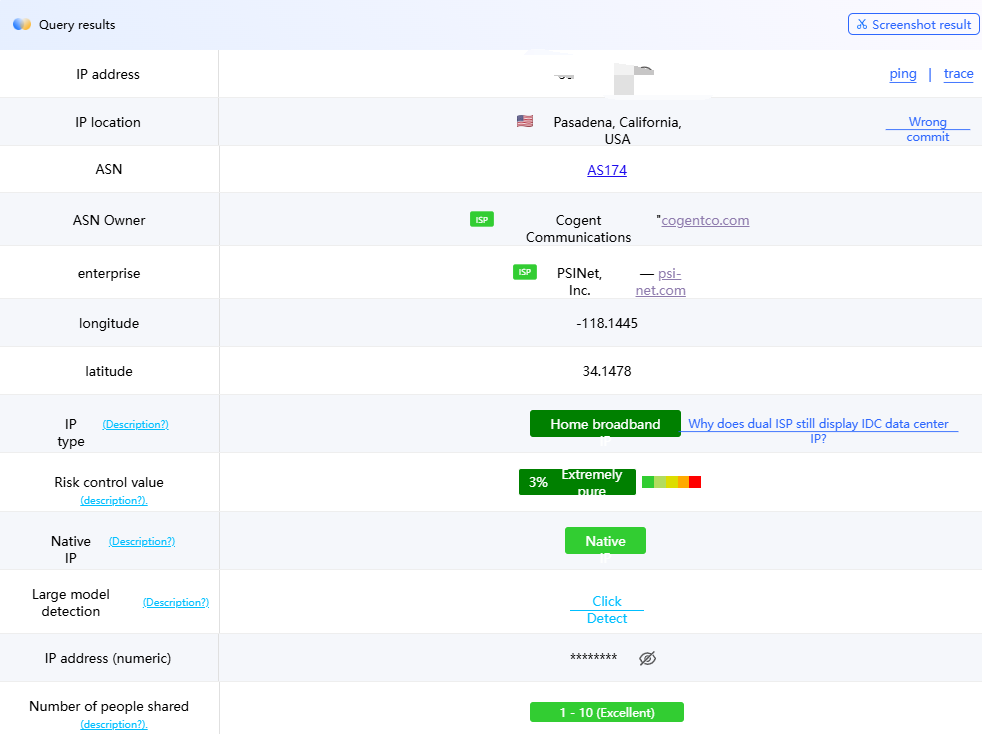Different types of IPs are widely used in e-commerce, advertising, network technology, and data collection. Common examples include residential IPs, datacenter IPs, native IPs, and dual ISPs. What are their characteristics, functions, and ideal use cases?
I. Types of IPs and Their Functions
1. Residential IP
Residential IPs are real IP addresses assigned by Internet Service Providers (ISPs) to household users, typically used in home broadband networks. Because these IPs are associated with real geographic locations, they carry a higher level of credibility. This makes residential IPs ideal for simulating real user traffic, although their prices are relatively higher.
Residential IPs can be divided into static and dynamic types.
- Static residential IPs remain stable and unchanged over time.
- Dynamic residential IPs rotate and change frequently.
Residential IPs are naturally more acceptable to major platforms and carry a lower risk of account bans or blocking.
Static residential IPs are suitable for cross-border e-commerce store management, ad campaigns, and social media account maintenance.
Dynamic residential IPs are ideal for multi-account operations, cross-region advertising, traffic simulation, and flash sales.
2. Datacenter IP
Datacenter IPs (also known as server IPs) are assigned by data centers or cloud service providers, typically used for web hosting or cloud computing. Compared with residential IPs, datacenter IPs are less “authentic” but offer faster speeds and lower costs. They are perfect for bulk data processing, scraping, and other technical operations.

3. Native IP
A native IP is one whose registration location matches the actual usage location. In some definitions, native IPs are those that have never been used or marked before — meaning they have no prior usage history. This gives native IPs excellent reputation and stability, making them more expensive.
They are ideal for businesses that require high authenticity and reliability, such as advertising, cross-border e-commerce, and affiliate marketing.
4. Dual ISP
A Dual ISP setup means a network environment is connected to two different Internet Service Providers (ISPs) simultaneously.
This configuration allows a device or network to switch between ISPs as needed, ensuring continuous and stable connections. It minimizes downtime caused by single-ISP issues and enhances network stability and redundancy.
Dual ISP is suitable for enterprise networks, financial trading systems, and other use cases that demand high uptime and multiple-line backup for smooth operations.
II. IP Testing Guide
1. How to Check
You can use ipinfo to verify whether your IP setup includes Dual ISP.
Under the type section, if both entries show “isp”, it indicates a Dual ISP connection.
If it shows “hosting”, the IP is likely a datacenter IP.

2. How to Test IP Purity
Besides choosing the right IP type for your business scenario, it’s equally important to ensure the quality of the IP. Using low-quality IPs can result in account bans or restrictions that interrupt your operations.
First, check your current IP by visiting WhatIsMyIp — your public IP will be listed under My Public IPv4.
Then, use Scamalytics to analyze IP indicators such as geographic location and whether the IP has been blacklisted in open datasets.
A lower score means a lower risk level.
You can also use ping0 to test the IP’s risk or “trust” level.
For example, when testing a static residential IP from IPFoxy, the Scamalytics score was 0, indicating an extremely low fraud risk; the ping0 report showed a 5% risk level, which proves the IP is clean and reliable, suitable for most high-demand online operations.


III. Final Thoughts
Choosing the right IP type according to your business needs — and working with a reliable proxy provider — is essential to ensure a stable and secure network environment that supports smooth business operations.


